11 Questions for Alain Cavalier
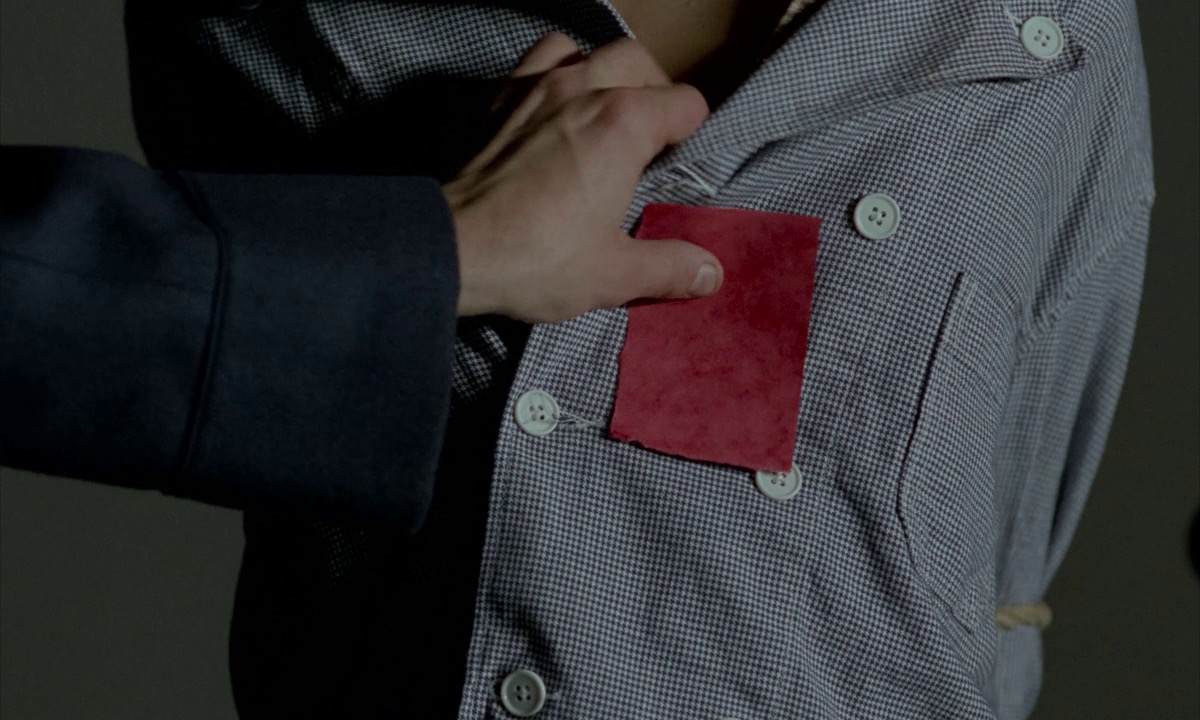
In his filmmaking, Alain Cavalier has evolved from film to video, and from metteur en scene to cinéaste, and finally filmeur – a vocation which also provides the title of his 2005 film.
Following his start in the film industry, his cinéaste phase was nourished by the production freedoms of the Nouvelle Vague, with its relatively small-scale crews and use of non-actors to co-write scripts and bring their own lived experiences to bear. Le plein de super (1976) dates from this phase: a painfully honest film about four men who form a pack by accident, like street urchins, and set off on a couple of missions, both personal and business. Their richly drawn characters and clashes with the women in their lives make this a work which has stood the test of time better than other films which tried to ride the aesthetic or political fashions of the day. I can’t remember when I saw a bisexual man depicted in such a no-nonsense, authentic way.
Libera me (1993), which represents the tail end of this phase, is a film without dialogue set in an unnamed country gripped by totalitarian militias. The action takes place in an indeterminate space, delineated by a few props and careful lighting. Through a gallery of faces, often pictured in close-up, we see everyday life go on despite of, and in resistance to, the forces of violence. There is a Bressonian feel to the narrative fragments and ellipses which is matched by an immersive, ASMR-style quality which never strays into abstraction.
The third phase of his filmmaking is marked by La rencontre (1996), a Hi8 movie with voices, but no faces (in itself, a fascinating complement to the wordless faces that had come before). Here, Cavalier embarked on an approach offering no separation between himself and the camera’s perspective: a deeply intimate, confessional and reverential cinema which has now spanned thirty years, the filmmaker continuing to make new works grounded in the style in his tenth decade. Such films are funny and immediate, but also studied and virtuosic. Le paradis (2014), for instance, is a psycho-mythological reverie about the history of humanity which ends with an extended sex scene between a toy robot and a toy duck.
To coincide with a new restoration of Libera me, we organised a Glasgow screening as part of Inclinations Film Club. This was the film’s Scottish premiere, 30 years after its release, and it landed like a UFO.
For the Inclinations audience and the readers of Sabzian, Alain Cavalier kindly offered some handwritten answers to a few questions.
1: This year marks the thirtieth anniversary of the release of Libera me (1993). How was it encountering the film again?
Alain Cavalier: At the end of the film, youths try to stop the spiral of crime with a symbolic killing…Today, as in the past, that passed people by and it’s doubtless my fault.
2: There are no streets or trees in the film, yet one doesn’t miss them. Like many of your films from your fully independent period (which is ongoing!), you focus on hands, faces, the everyday. But also on action, so that even personal mythologies are expressed in ritual and words don’t intrude. All the while you stay very close to people and objects, so it’s not airless, it breathes. How did you achieve this?
The idea is to make the most from the least. Faces I like to film. Manual occupations. Armed soldiers against resistance fighters who are taking up arms. Gestures of love. Moments in life where nothing is said.
3: Libera me also reminded me of Le plein de super, where you show the desires and frustrations of your four male characters. They’re maybe not a “mass”, more of a “pack”, but still the collective sense is strong and rare to see. In Libera me, you paint a vast panorama of society: 80 people or so appear on screen.
The differences between men disappear when they are united in the fight for liberty, with all its dangers.
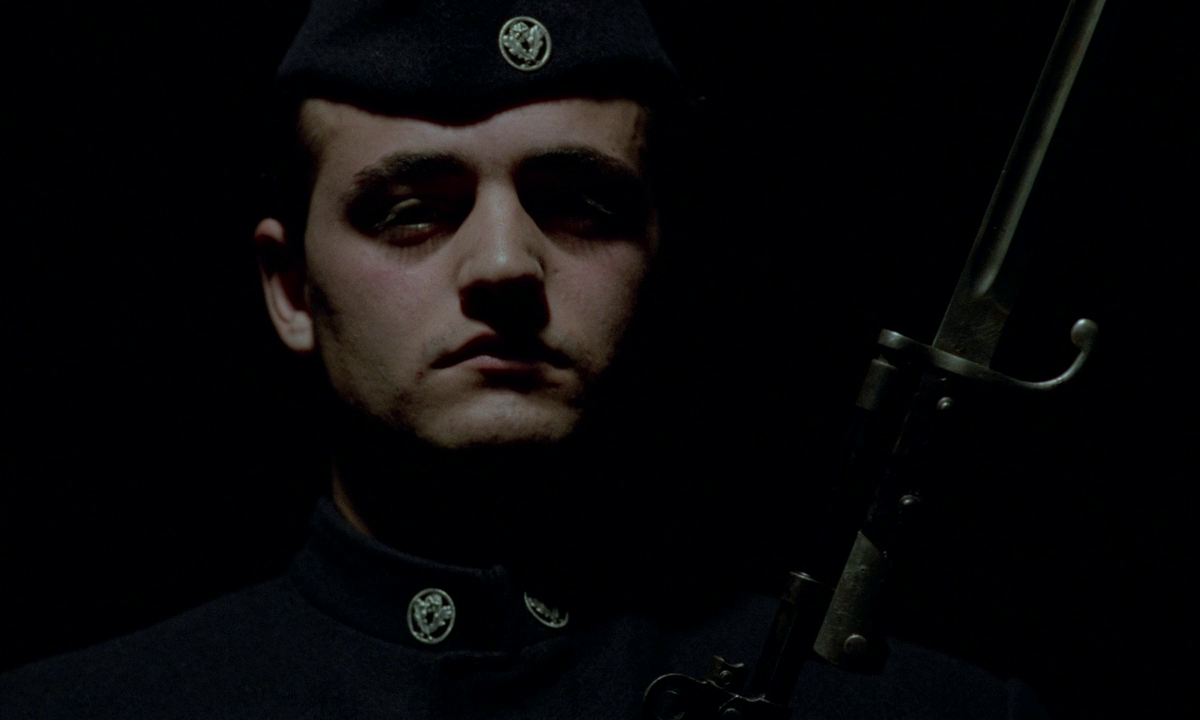
4: Libera me (1993) is a film about oppression and liberty. You spoke of your memories of the Occupation. I was in my home country of Yugoslavia at the time, so what you depict resonates with my memories also. How do you feel recent historical events speak to the film – for example the gilets jaunes or the war in Ukraine?
To resist is to say “no”. The Yugoslav Tito said “no” to Hitler, to Stalin, to America. But, alas, not to the one-party state. The gilets jaunes is a protest without arms or party organisation. The war in Ukraine is : “I’ve got a better gun than you so shut your mouth.”
5: In 1993 you wrote: “I couldn’t stop thinking about a man who had waited hours for the roll call, standing alongside thousands of others in the main square of a camp. He said that cinema could never capture this special silence of a crowd that was in bad shape physically, a silence that really hurt, a psychic silence, he didn't know what to call it. It is on the threshold of this silence that the film was made.” It’s also a silence which is at the heart of any resistance. There is now an ongoing war on this silence, more brutal than anything 30 years ago.
Silence, for me? It’s a solitary man who looks inside himself. Then, around about him…without having any of the objects invented to communicate with others.
6: Your latest film L’amitié (2022) features Thierry Labelle, who also acted in Libera me. How was it to work with him in this different, more open way?
A pleasure to film a friend at 25 and 55. Once in character. Once as himself, at home. With his great laugh.
7: I recently watched a number of your films from the last three decades. It was so refreshing! Nowadays so many filmmakers, from Pedro Costa to Julia Ducournau and Martin Scorsese, are obsessed with dominating the image (overlighting frames in post-production, with computer images, etc.) and sound (endless tracks and re-recording). I watch their stuff and can’t help thinking of the line from Hamlet: “Hoist with his own petard”! With you there is humour, breath, chaos blowing on the wind. It’s what Bresson said, goddammit: it’s a work of hands! It is also an ethic of watching, of caressing with your gaze.
A long time ago, I filmed actors putting people to death, being put to death, or making love. Today I’m still amazed that I indulged in such artifice. But how to film sex and power, which are still all but forbidden on camera? We only get the crumbs. Once again, it’s about doing more with less. That sharpens up the solidarity between the filmer and the filmed. A little simplicity, humour, accuracy…
8: Can you talk about the personal mythologies in these films: the totemisation of objects, the rituals, the little monuments (like the one to the fledgling peacock in Le paradis)?
Seven years in a religious boarding school. The ceremony of the Host transformed into the body of Christ and swallowed. Learning to read the Gospels and the Odyssey. A stockpile of images and emotions that feed my films without me knowing it. A taste for celebrating all forms of life.
9: You write and film every day. What is the relationship between the two?
Every day I write what I can’t film and that’s a lot.
10: After six decades of filmmaking, can you say what an image is, for you?
Being able to take my camera out of its bag, when I’m struck by a human act, and having the chance to be well placed so that a cinematographic grace inhabits the shot.
11. Which new films have you enjoyed in recent years?
For me, this grace I mention above cannot descend upon films with actors and scripts.
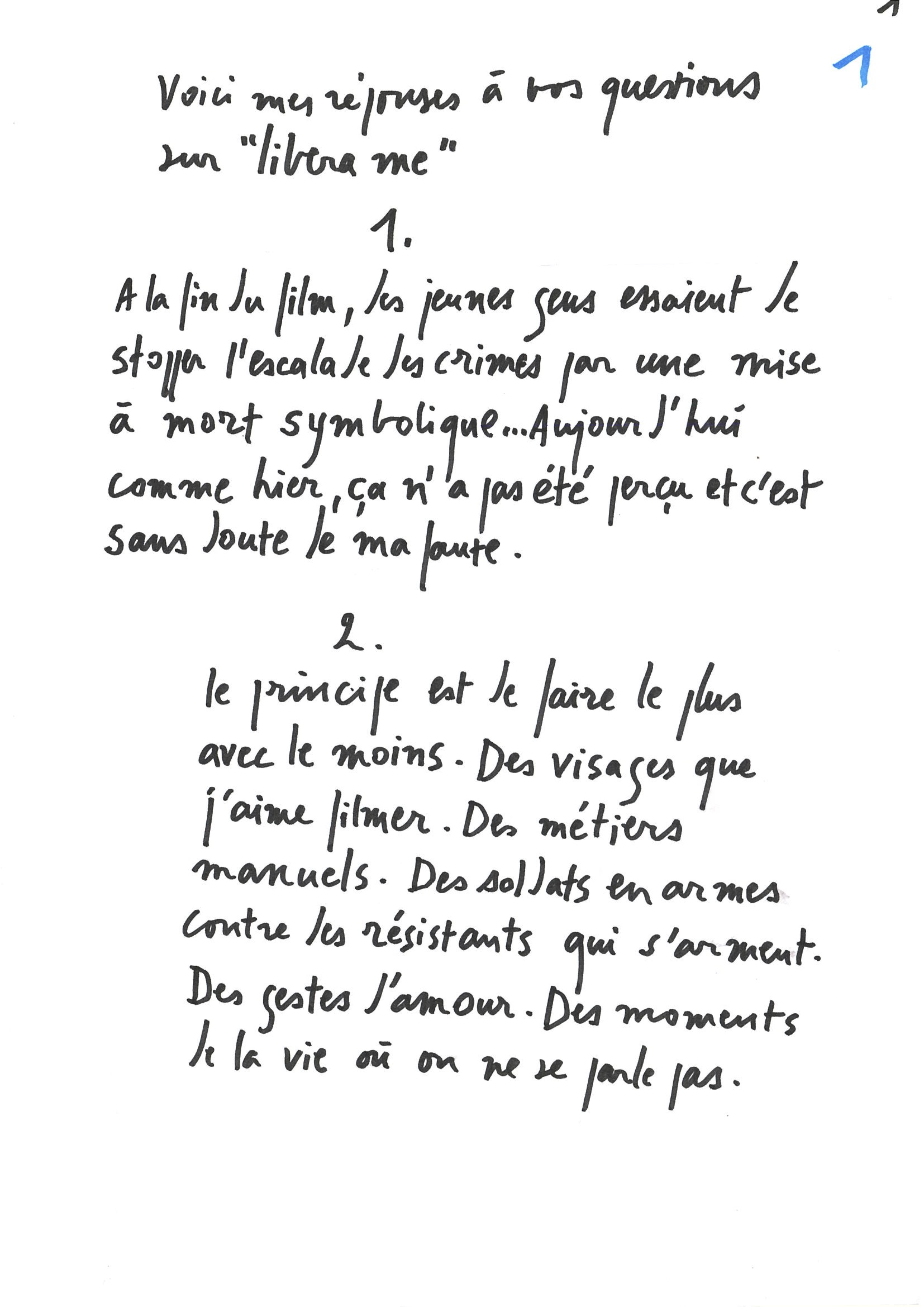
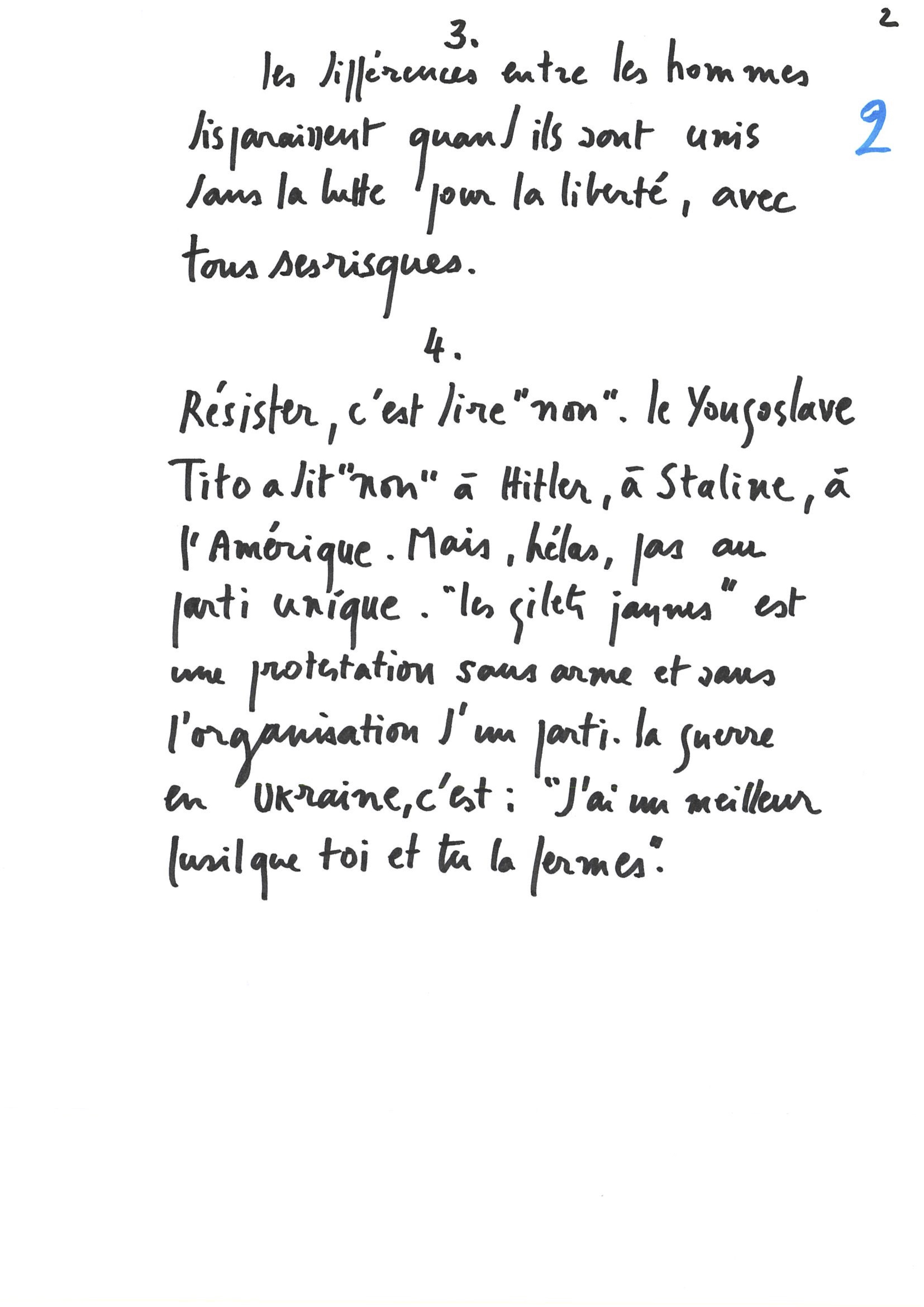
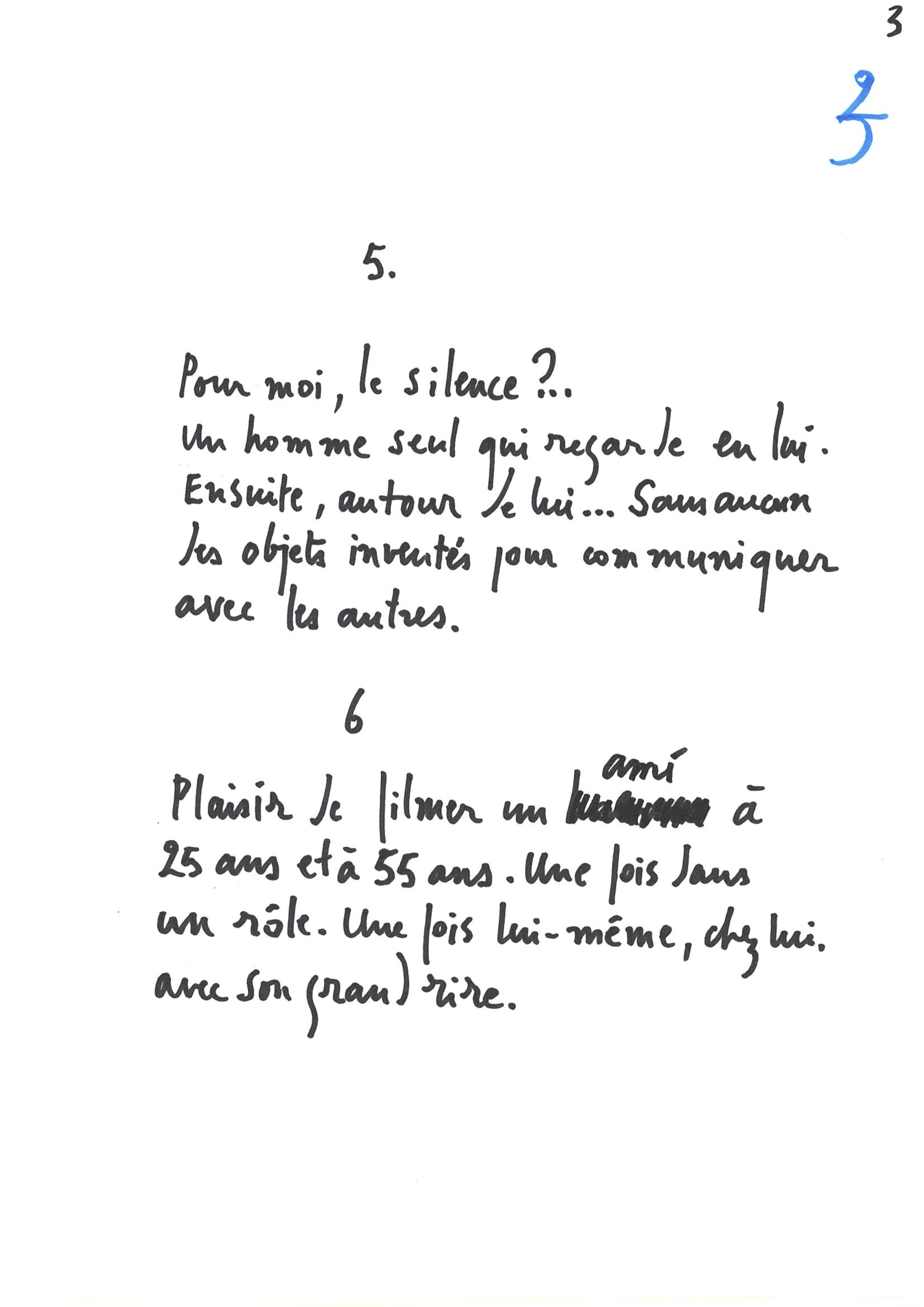
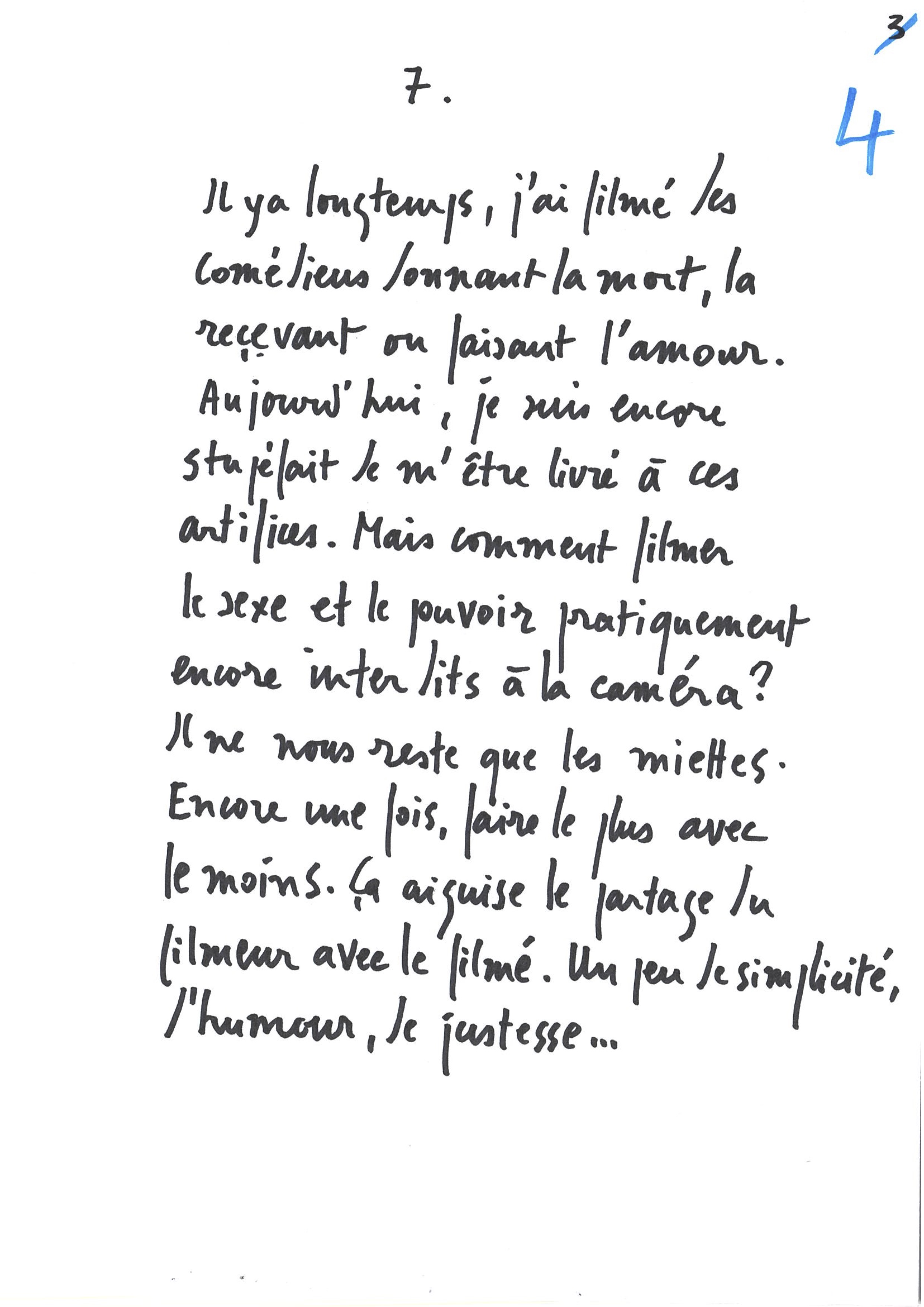
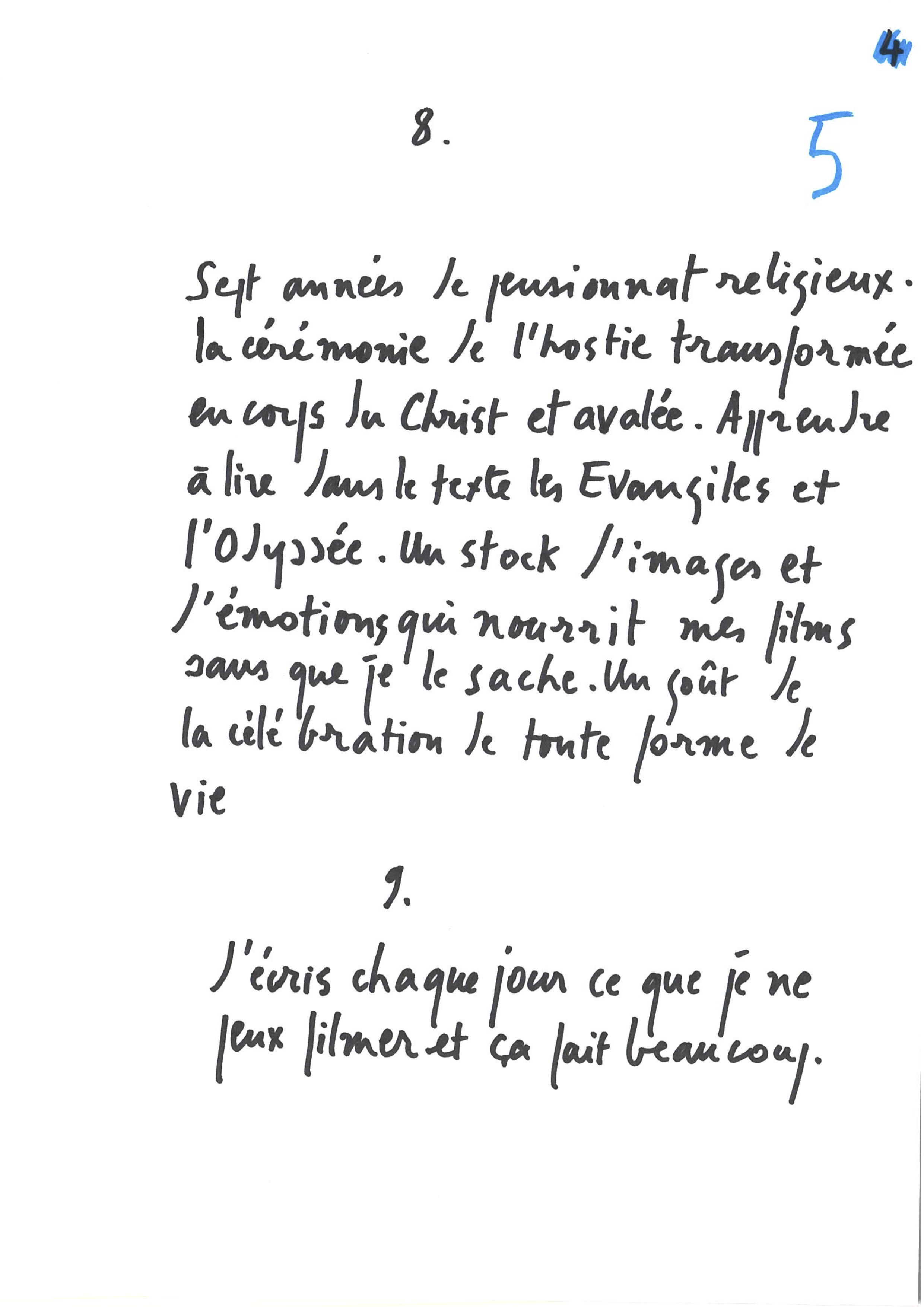
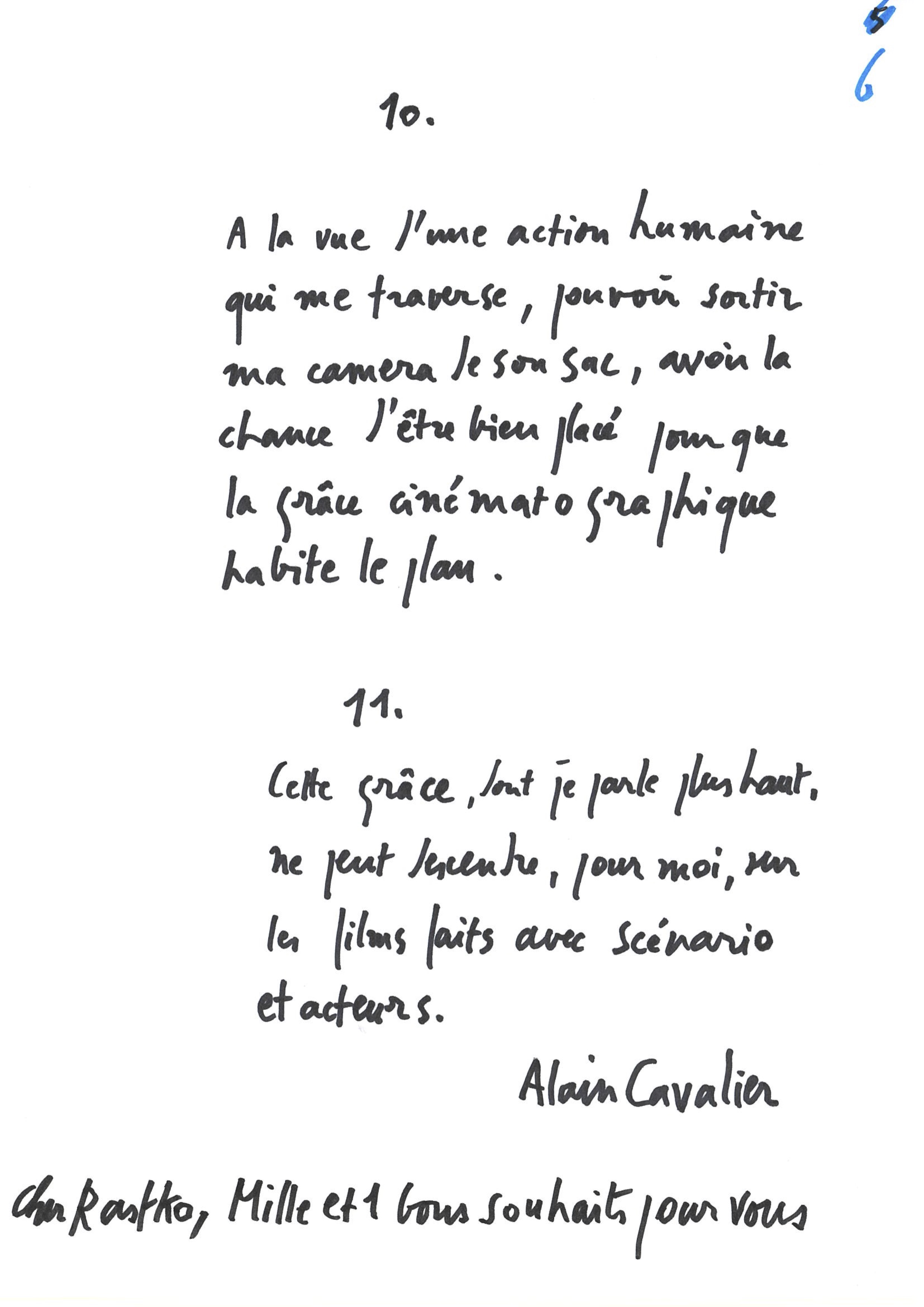
Images from Libera me (Alain Cavalier, 1993)

